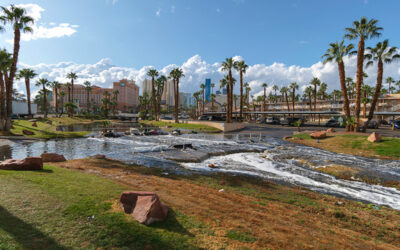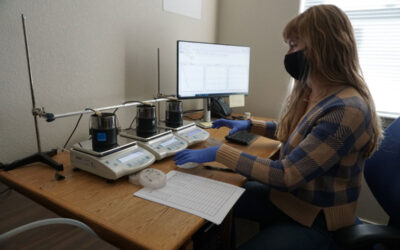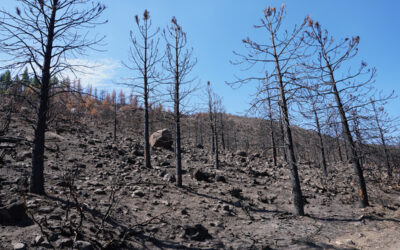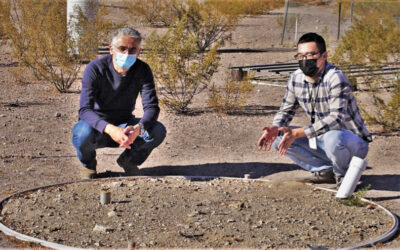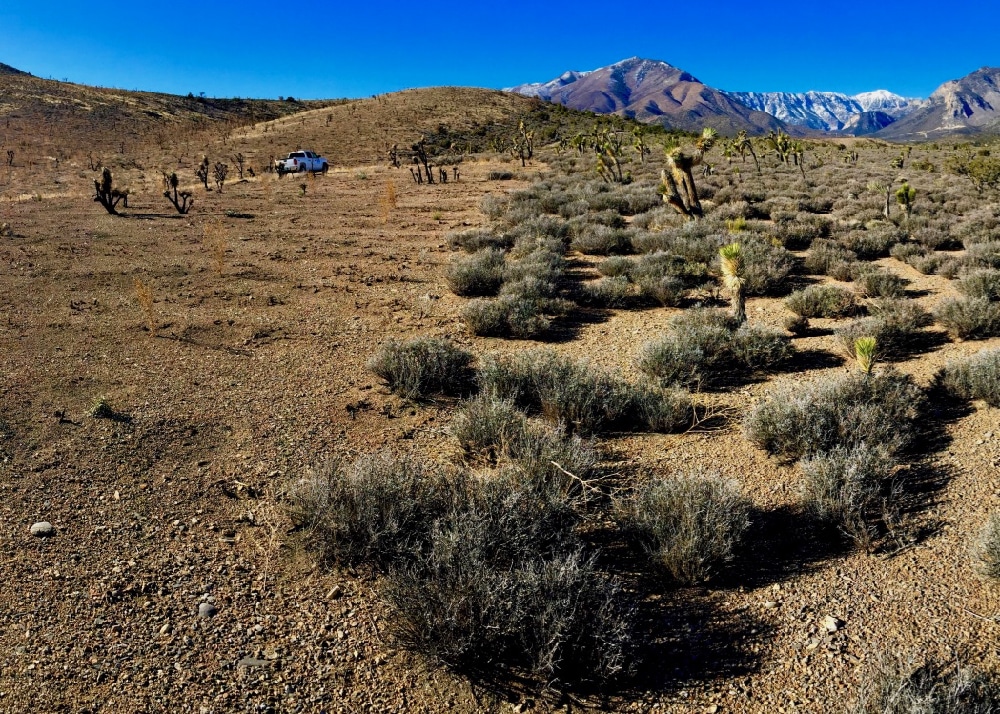Researchers found that urbanization and climate change are changing the strength and seasonality of flooding in the Las Vegas region.
Seeking answers from the ashes
How did recent Sierra Nevada fires such as the Caldor, Tamarack, and Dixie impact soil properties in burned areas? An interdisciplinary team of DRI scientists has received funding from the National Science Foundation to find out.
New DRI Internship Program Focuses on Mentorship for Inclusion in STEM
Fourteen students from Nevada’s two-year colleges are building career skills in exciting new directions. The students are conducting hands-on research alongside DRI scientists in Reno and Las Vegas through DRI’s Research Immersion Internship Program.
Does Cold Wildfire Smoke Contribute to Water Repellent Soils in Burned Areas?
After a wildfire, soils in burned areas often become water repellent, leading to increased erosion and flooding after rainfall events.
What happens when rain falls on desert soils? An updated model provides answers
Several years ago, while studying the environmental impacts of large-scale solar farms in the Nevada desert, Desert Research Institute (DRI) scientists Yuan Luo, Ph.D. and Markus Berli, Ph.D. became interested in one particular question: how does the presence of thousands of solar panels impact desert hydrology?
Low-severity wildfires impact soils more than previously believed
Above: In semi-arid ecosystems such as the Humboldt-Toiyabe National Forest near Las Vegas, which burned as part of the Carpenter 1 fire during July and August 2013, fuel is limited and fires tend to be short lived and low in peak temperature. New research shows that...
